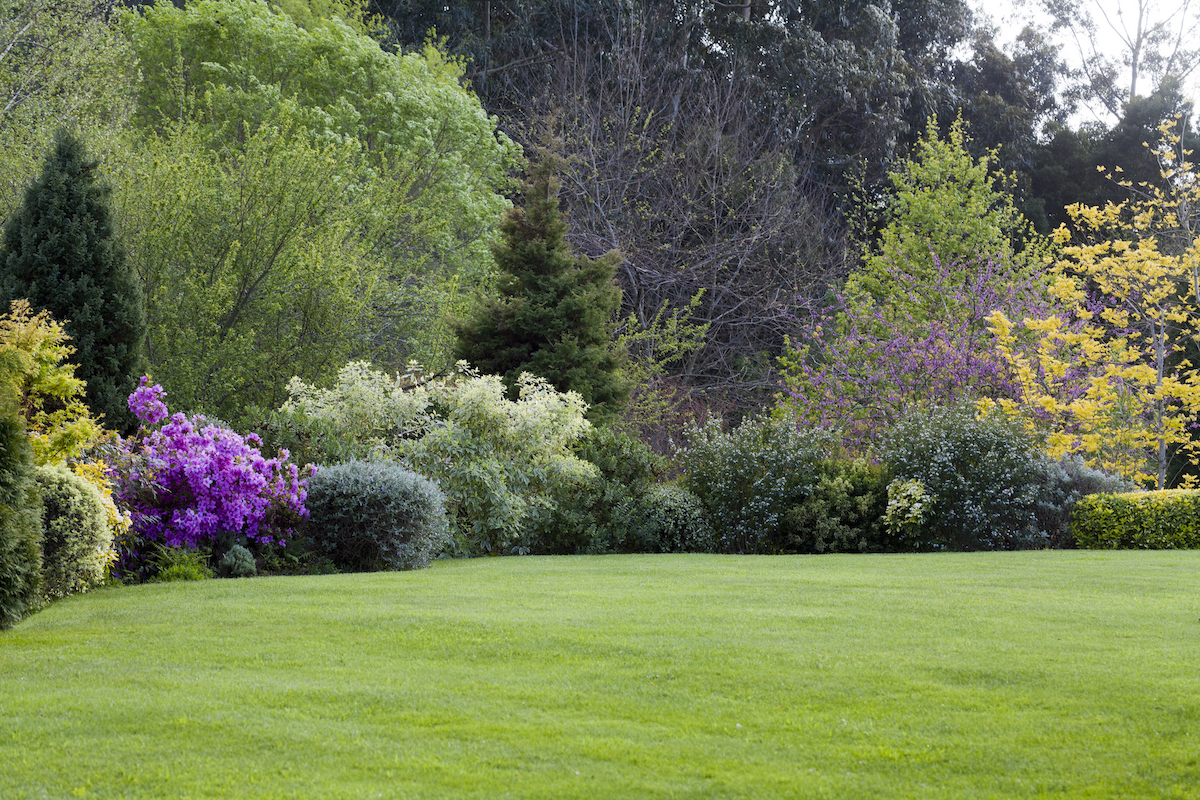This last week, Mary Kay and I got to spend some time with a mentor and friend of mine, John and Judy Boedeker. As we reflected on our lives and ministry together, I realized how many friends I have been privileged to have in my life. As I thought about my friends, it became obvious they would fall into several different categories of impact on my life.
Some of these relationships began rather casually, while others I intentionally pursued. Ironically, as I reflect on these relationships, the beginning of these relationships doesn’t seem to have any connection to their eventual impact on my life. In other words, some relationships that began as a chance meeting or email ended up having a long and deep relational impact on my life. While others I pursued and intentionally poured energy and time into inevitably had little impact.
As I look at my life, some people have come in and slowly faded from my life. Prior to my relationship with Mary Kay, I probably unconsciously picked my friends by those who I connected with or who could add value to my life. Ironically, some of them continue today, while others slowly faded as I moved and built other social networks. Still, others ended abruptly when an event or two revealed they weren’t healthy for me. I also find it interesting that some relationships start slowly and stay shallow while others grow slowly and build great depth.
Some relationships are seasonal, meaning they serve a purpose for a season, while others may survive multiple seasons and serve many purposes in our lives. I think we often don’t realize that building relationships carries responsibilities. These responsibilities may consume a lot of future time and resources, which we seldom think about in advance. I am amazed at how a certain relationship may directly impact our future lives, but we seldom give them thought today. We don’t realize the relationships we are building today could cost us greatly in the future. This isn’t bad or even a warning to limit relationships. I don’t think we can develop a rigid cost/benefit system for relationships, however, there are just some principles to be aware of while building relationships. Here are a few principles I am learning as I reflect on relationships throughout my lifetime.
The first principle is that relationships do take resources to produce depth. These resources are both giving and receiving. Relationships may build naturally, but they do take effort. We may very much see the cost as worth it, but it is simply impossible to pay a high cost for deep relationships with everyone we meet in the world. We have practical limits on our relational capital as limited human beings. If we don’t accept that, we simply overpromise and underproduce in the sphere of our relationships.
The second principle is that every relationship will not develop depth, and expecting them all to do so is naive. One of the fallacies that social media encourages us to believe is that we can develop and maintain unlimited relationships. We develop expectations of those relationships which simply are unrealistic.
The third principle, which follows naturally from the second, is that relationships come in all types, shapes, nuances, needs, and impacts. The truth is that we need a large variety of different types of relationships for a healthy social life.
I have used an analogy of relationships and landscaping to understand these principles. Think about the landscaping around your home or apartment, we need a variety of foliage to create a nice appearance. Like a well-planned lawn or garden, there is a mixture of all kinds of living foliage. They all serve a purpose. Next week, we will look at five types of foliage in landscaping and how they relate to relationships. Let me suggest we need all five kinds of relationships in our lives, but we must appreciate each type has different needs to serve a different purpose with a different impact on our lives. The five types are:
- Grass—which we have a lot of, but shallow roots
- Annuals—which we have few of, but provide beauty for a season
- Perennials—which we have few of, but provide beauty for several seasons
- Shrubbery—which are few but deep and live for decades
- Trees—which are those that follow us for a lifetime.
Next week, I will unpack each of these and how social media tends to blend and homogenize them all together.

Leave a Reply